Archive
2021
KubaParis
OVIDIU ANTON | Case Study / Border Monument
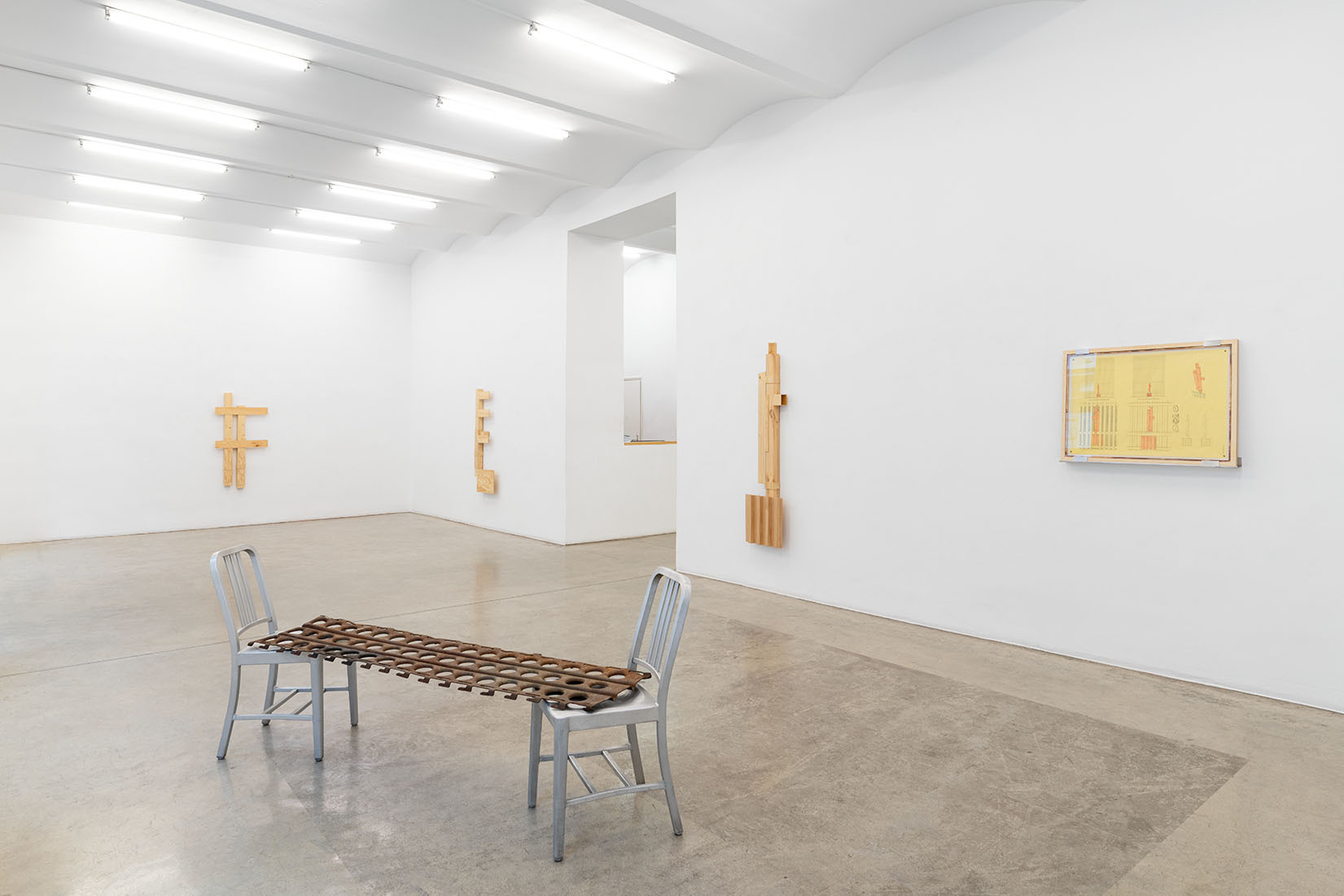
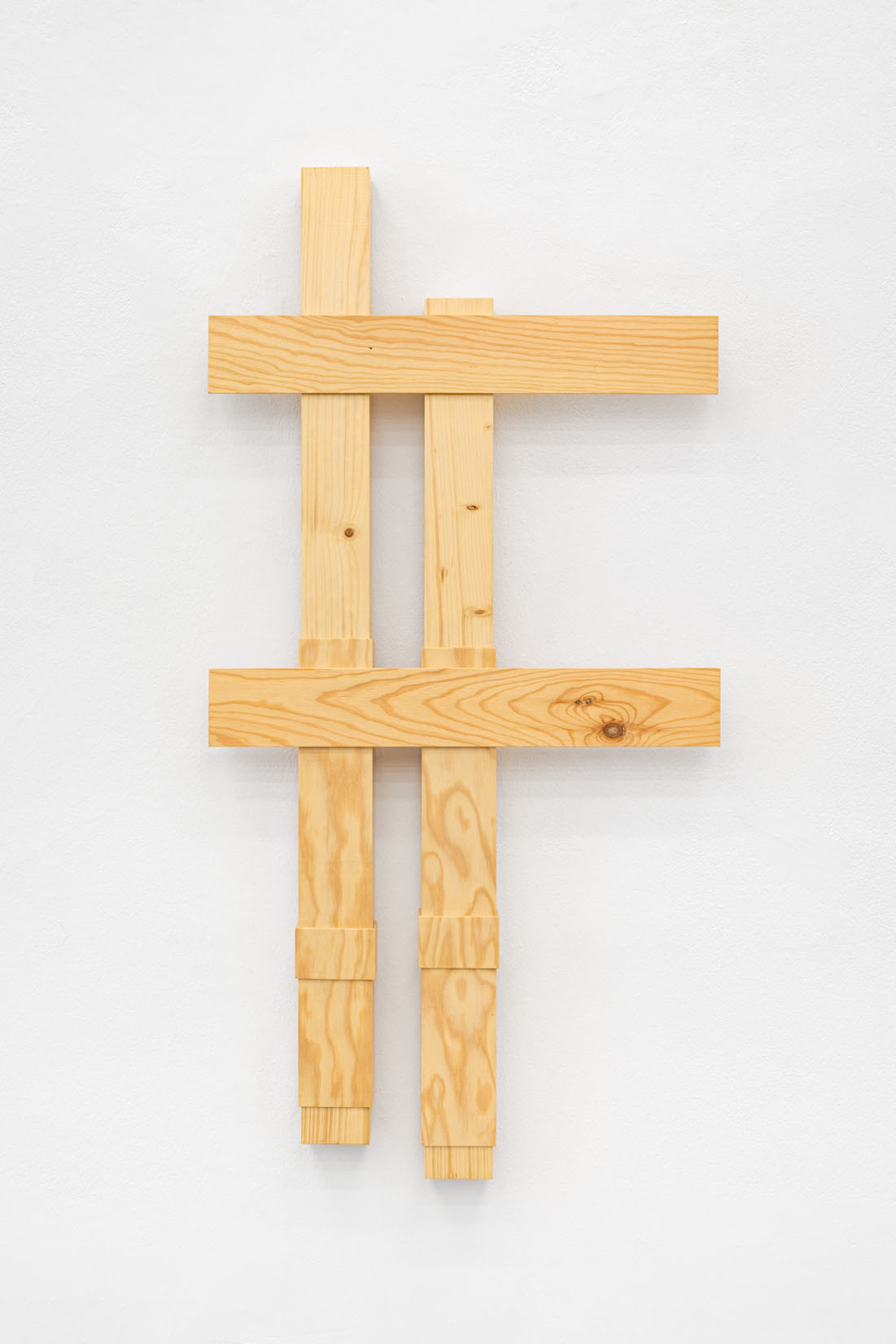
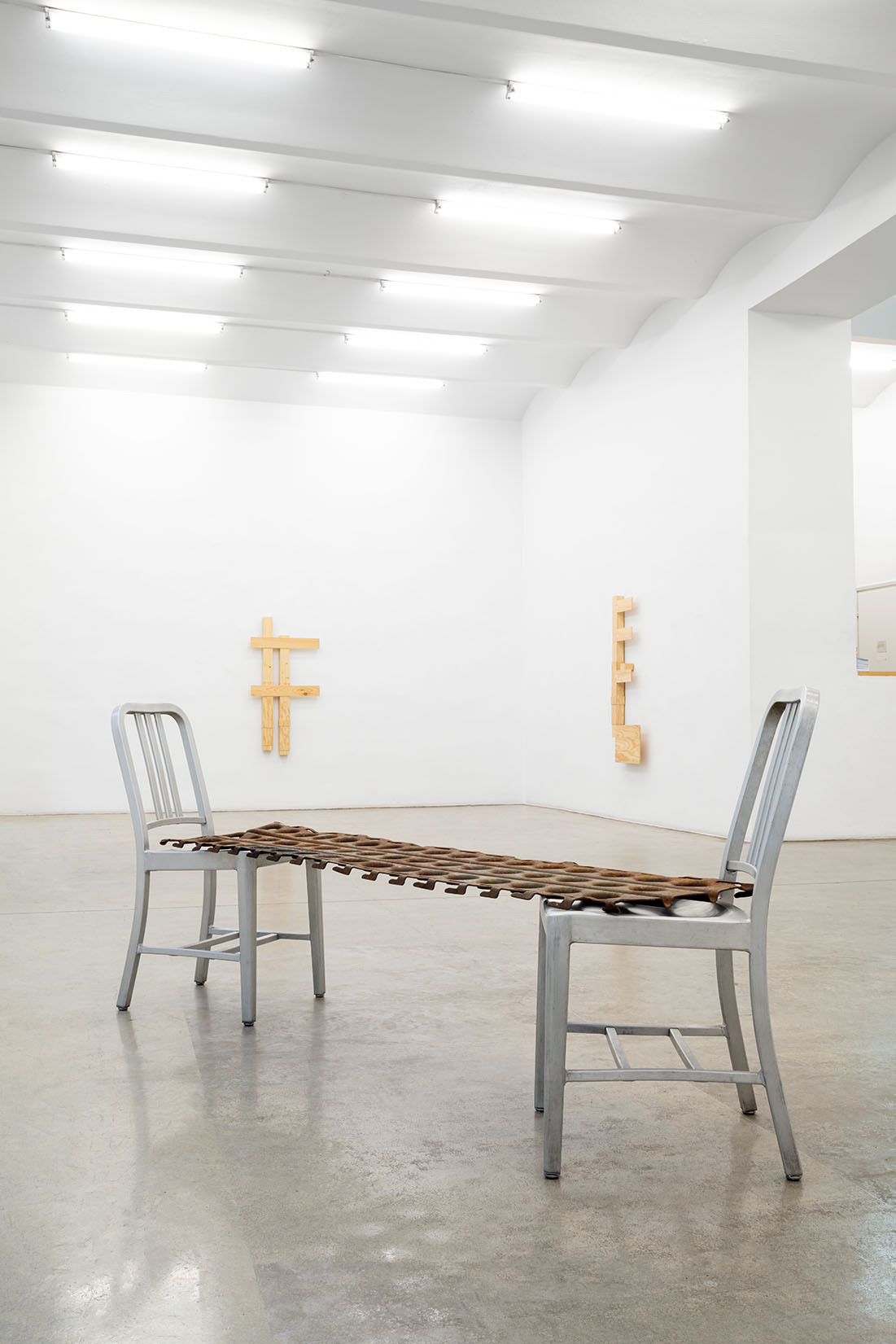
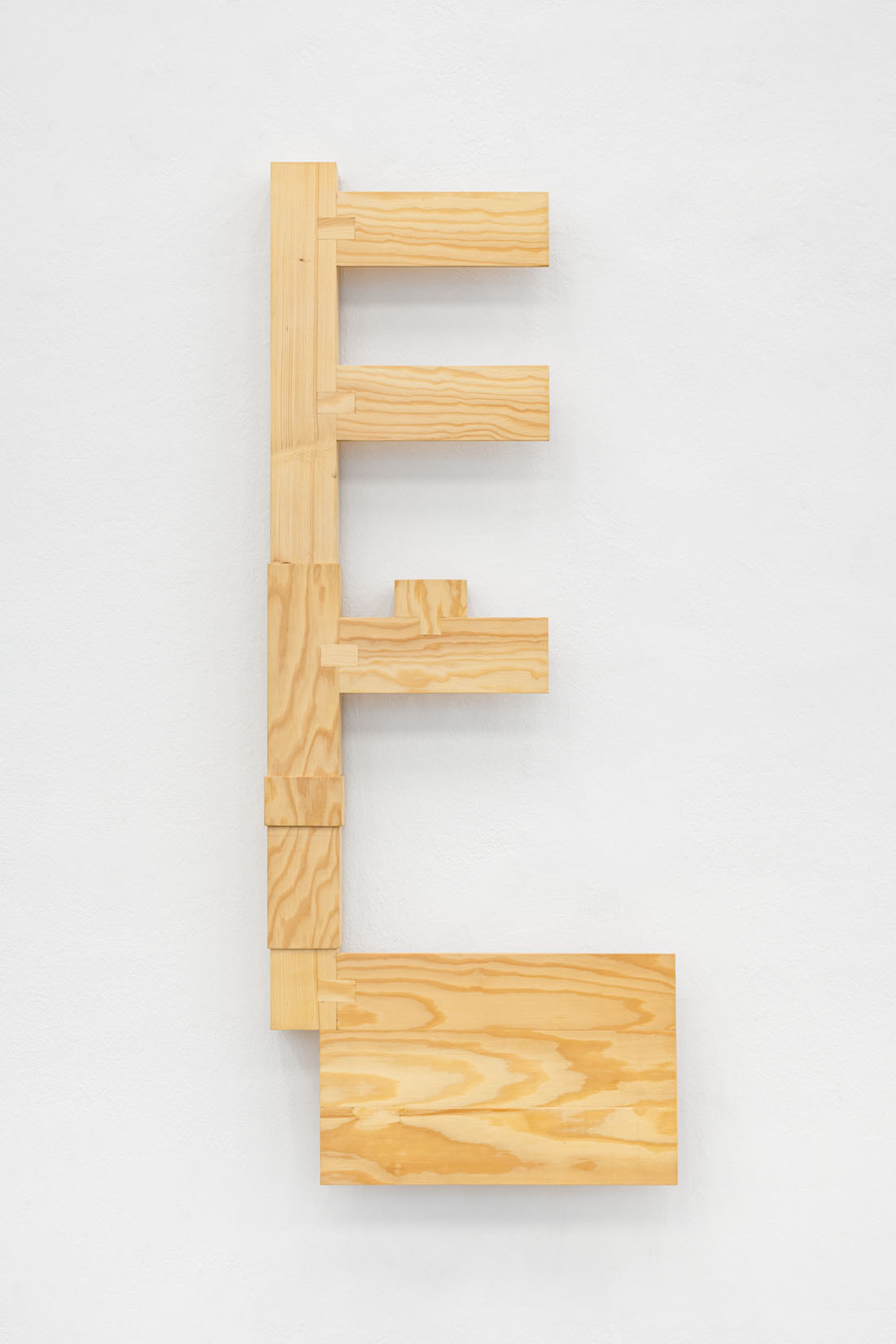
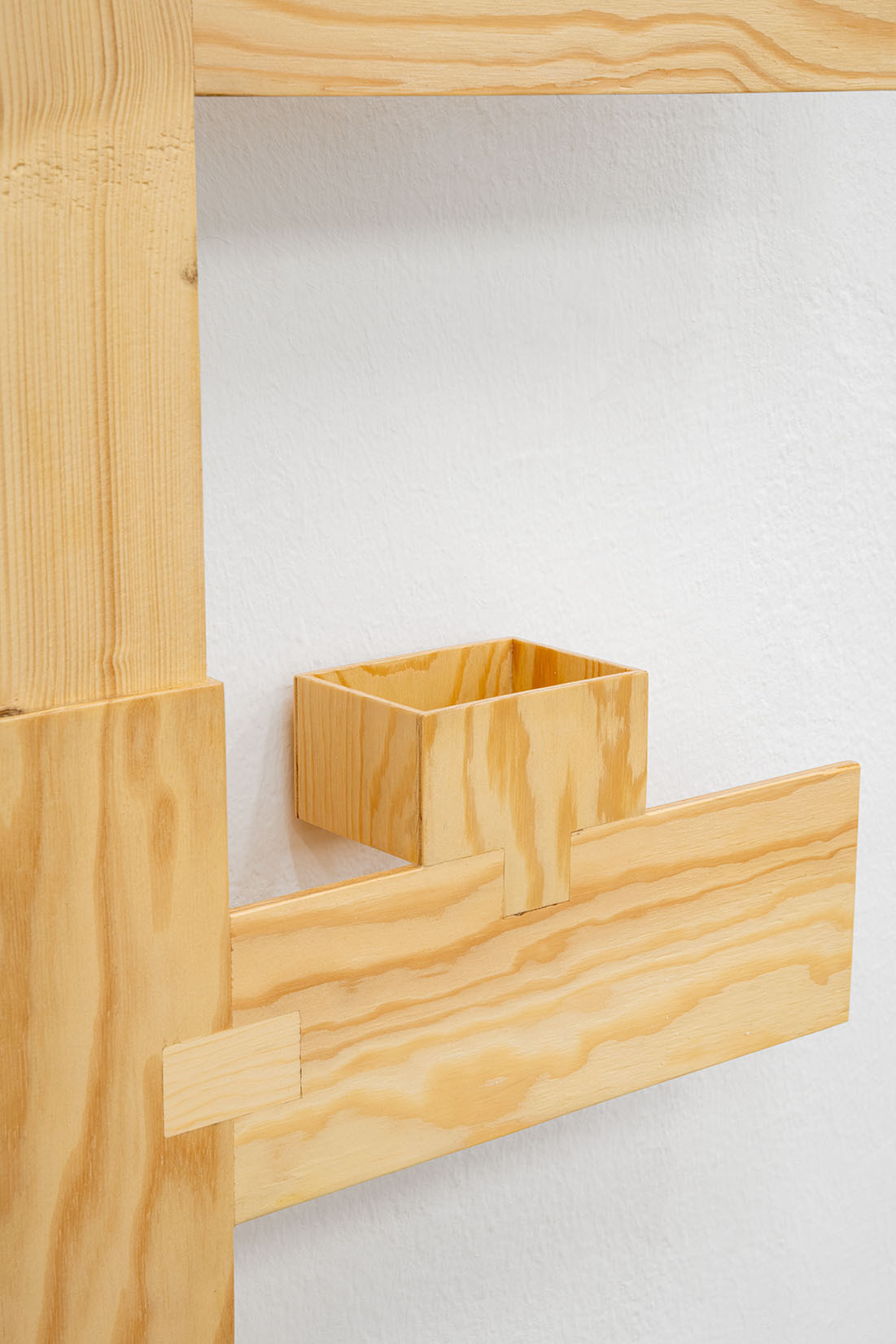
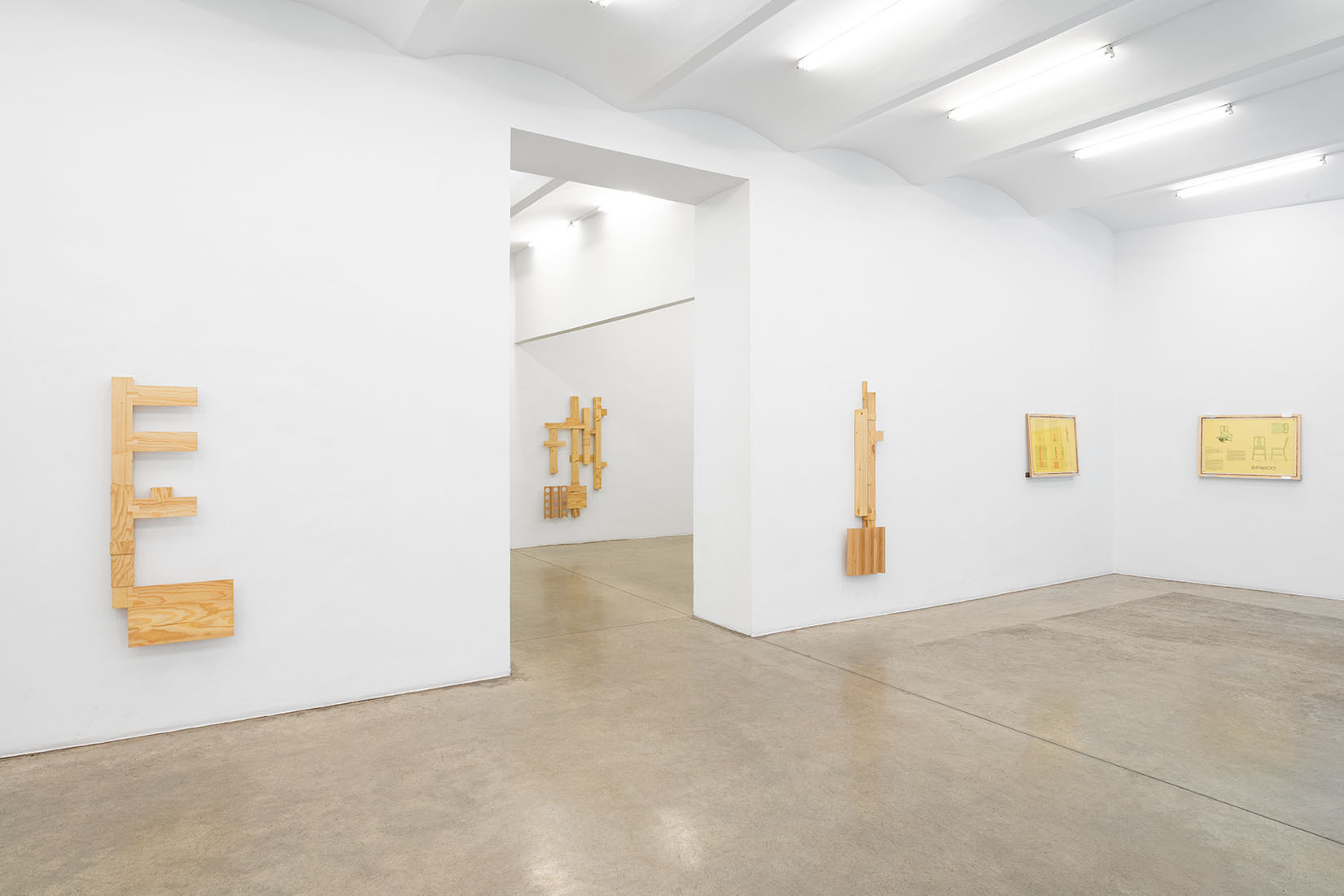


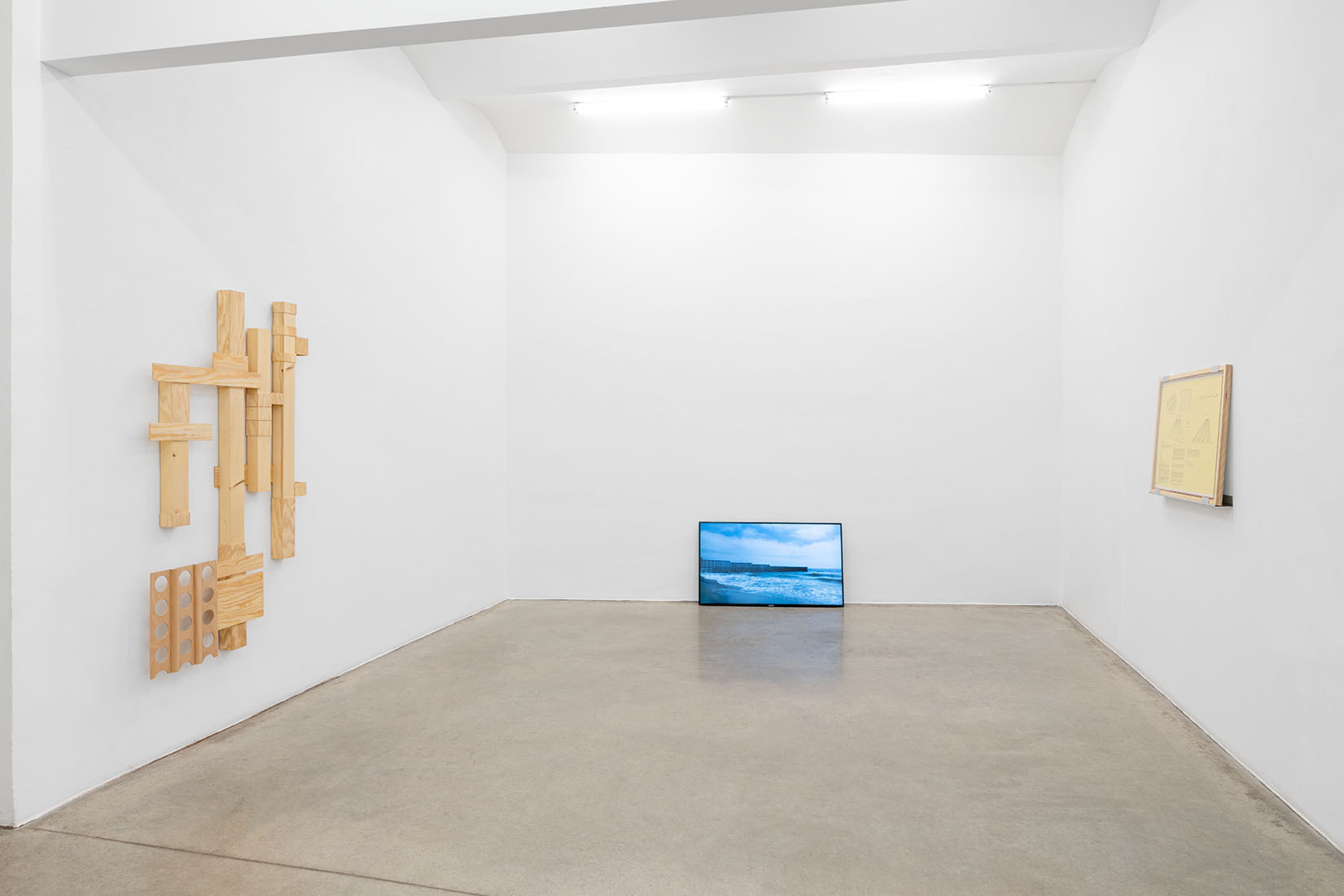
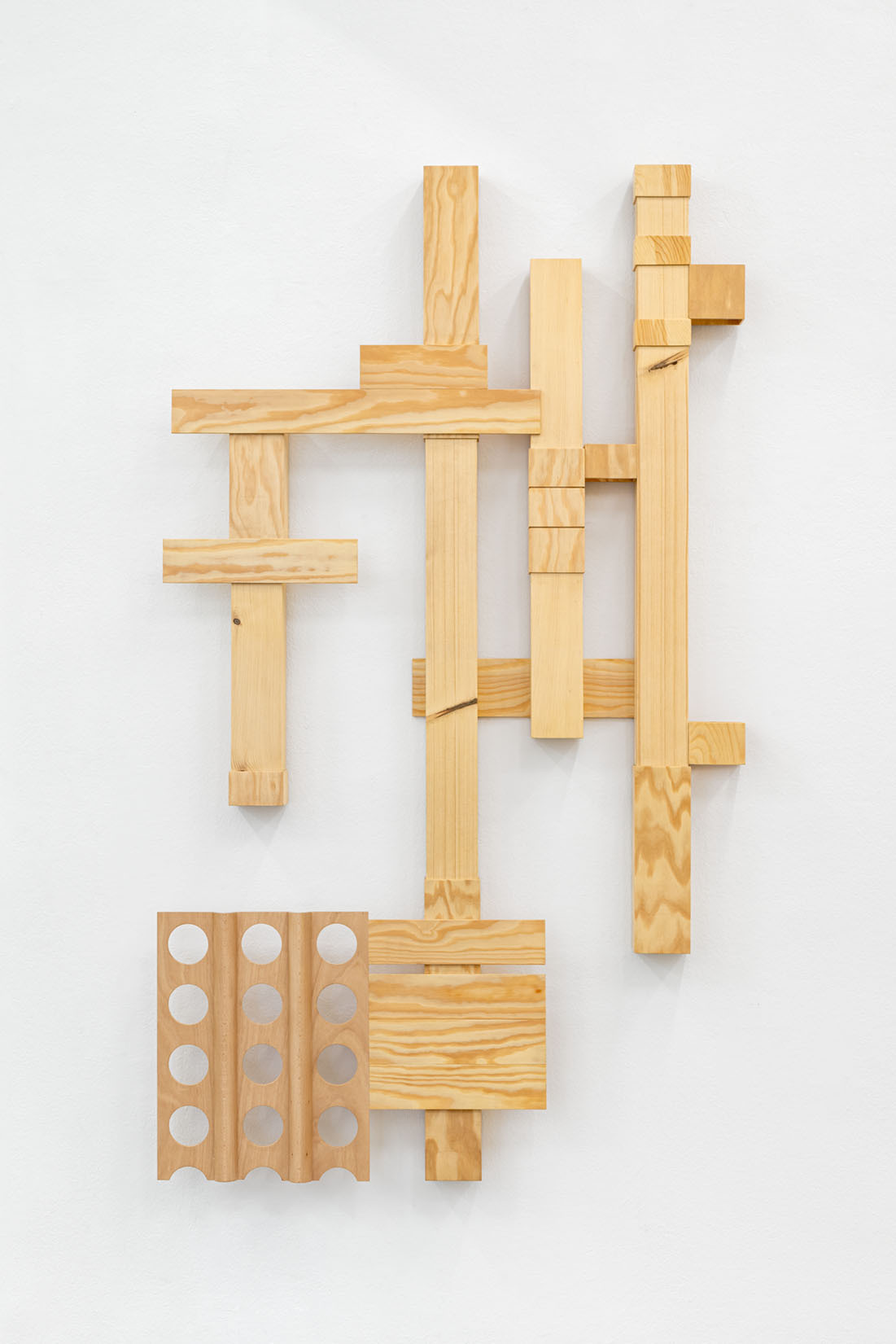
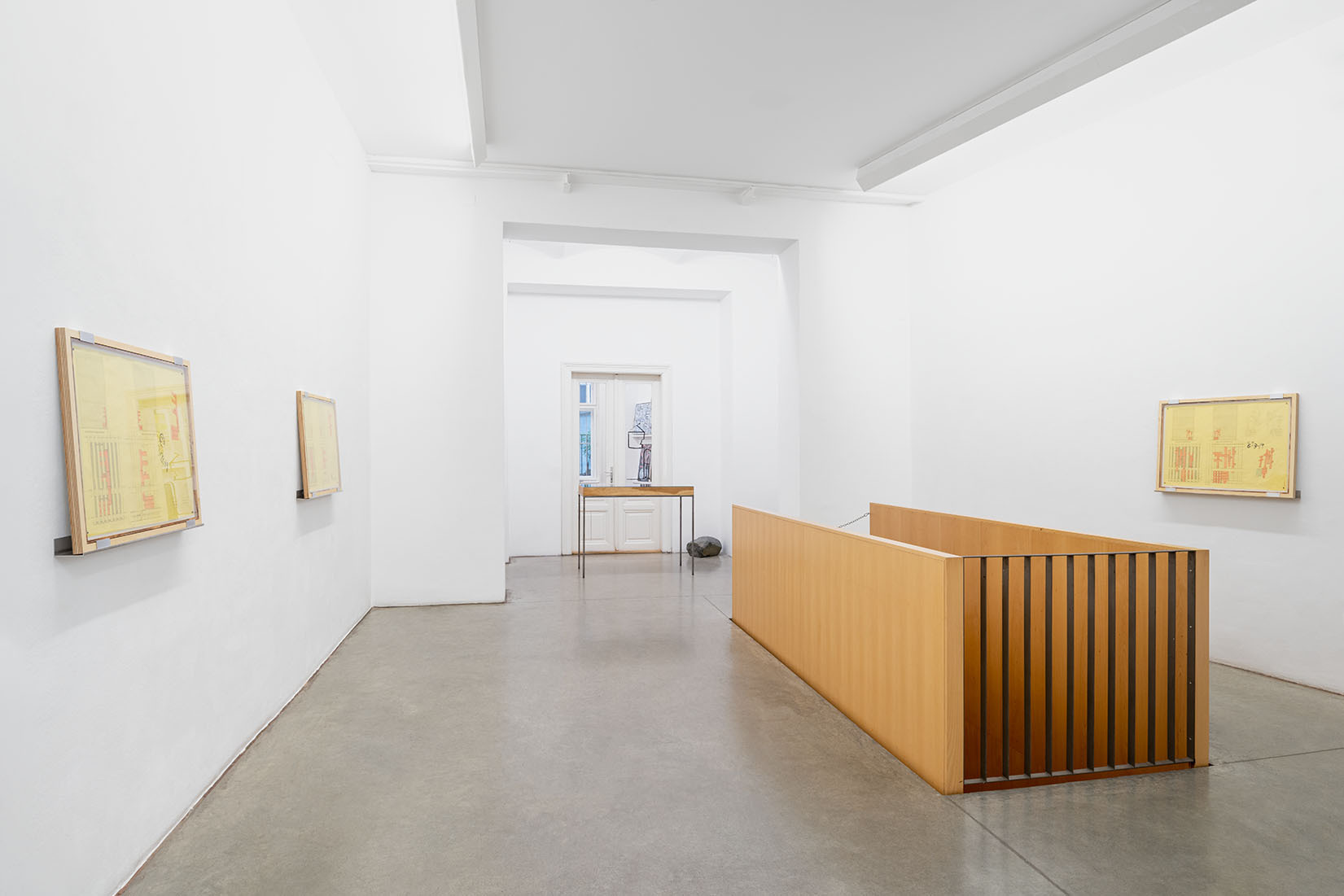
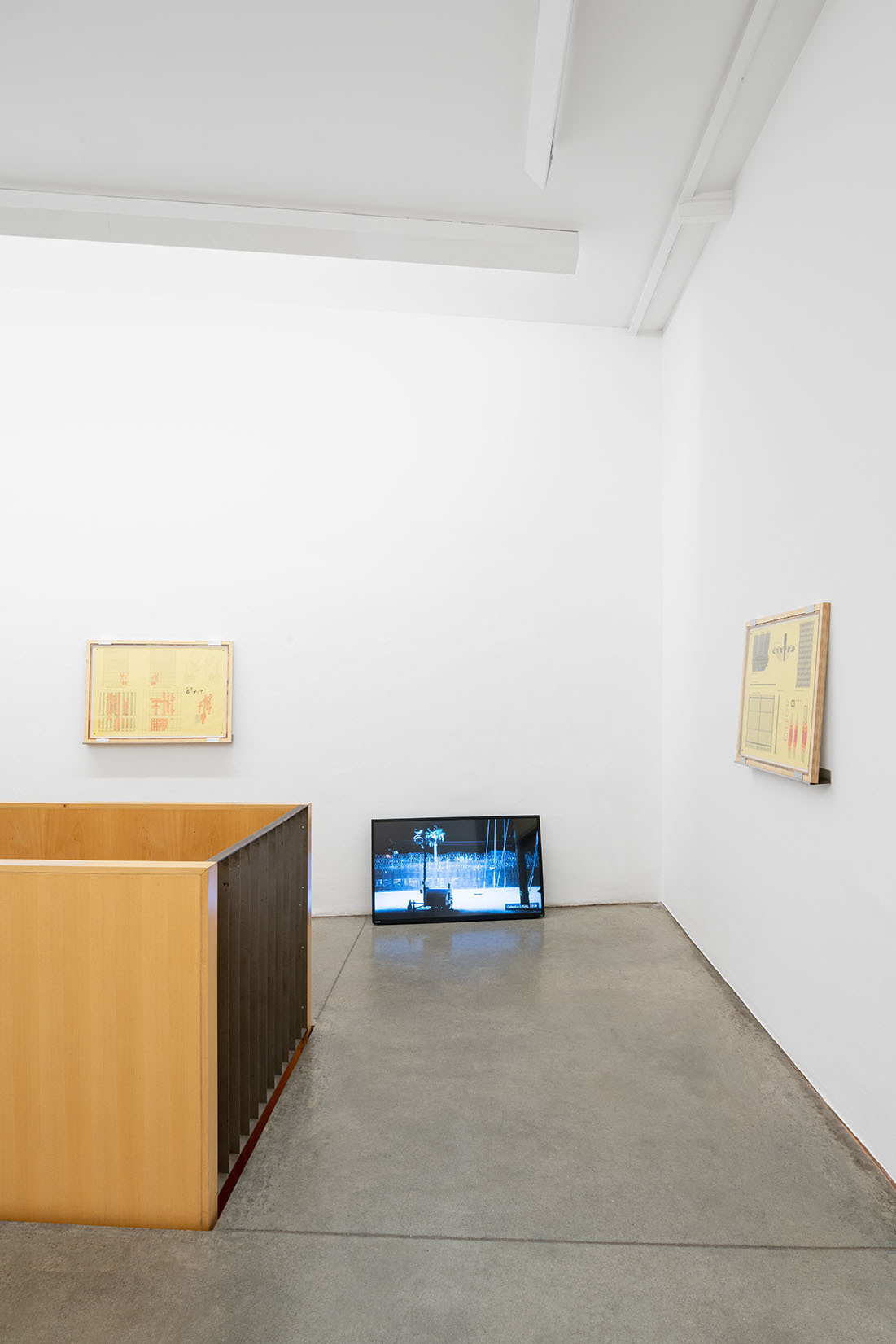
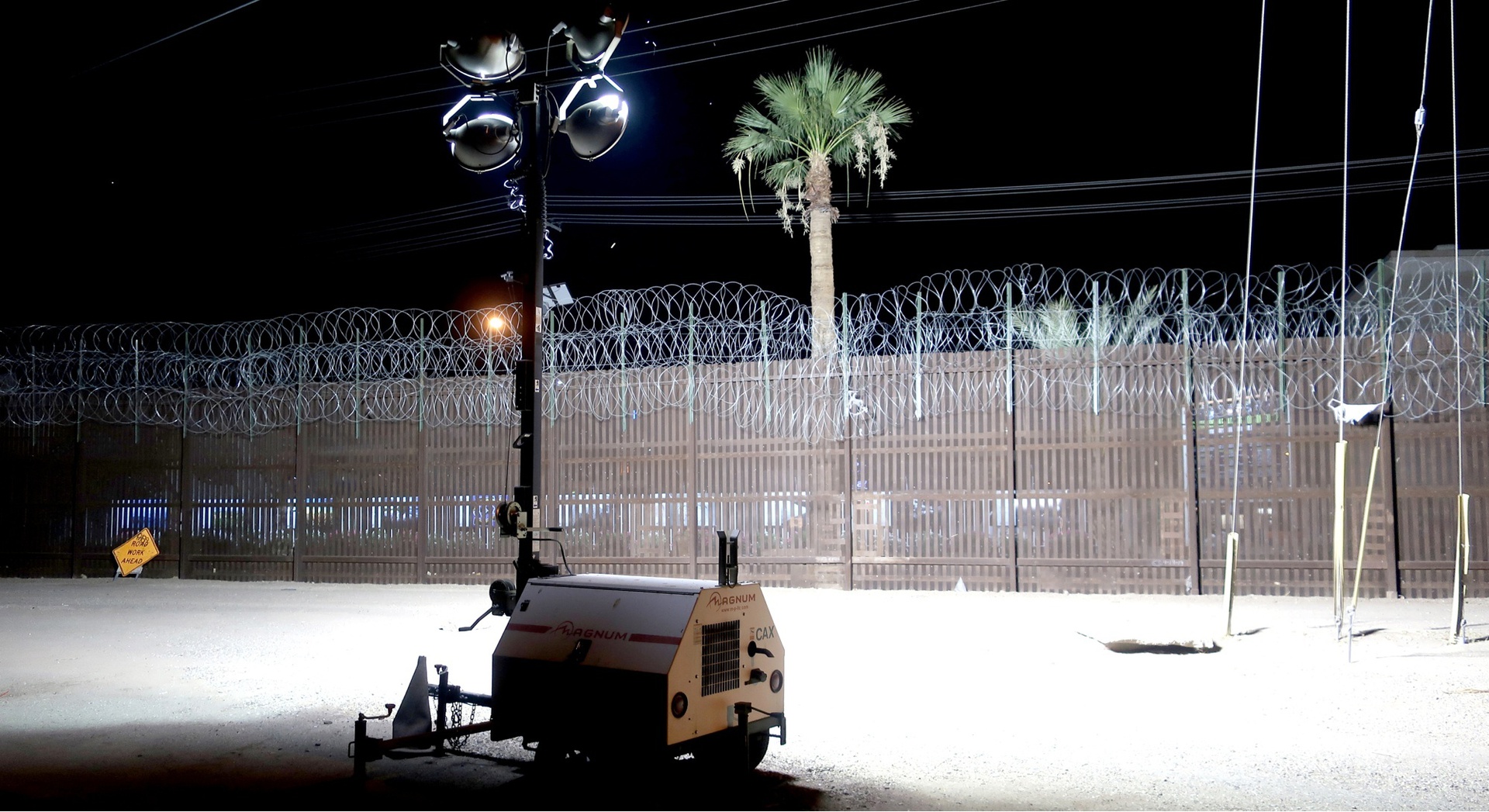
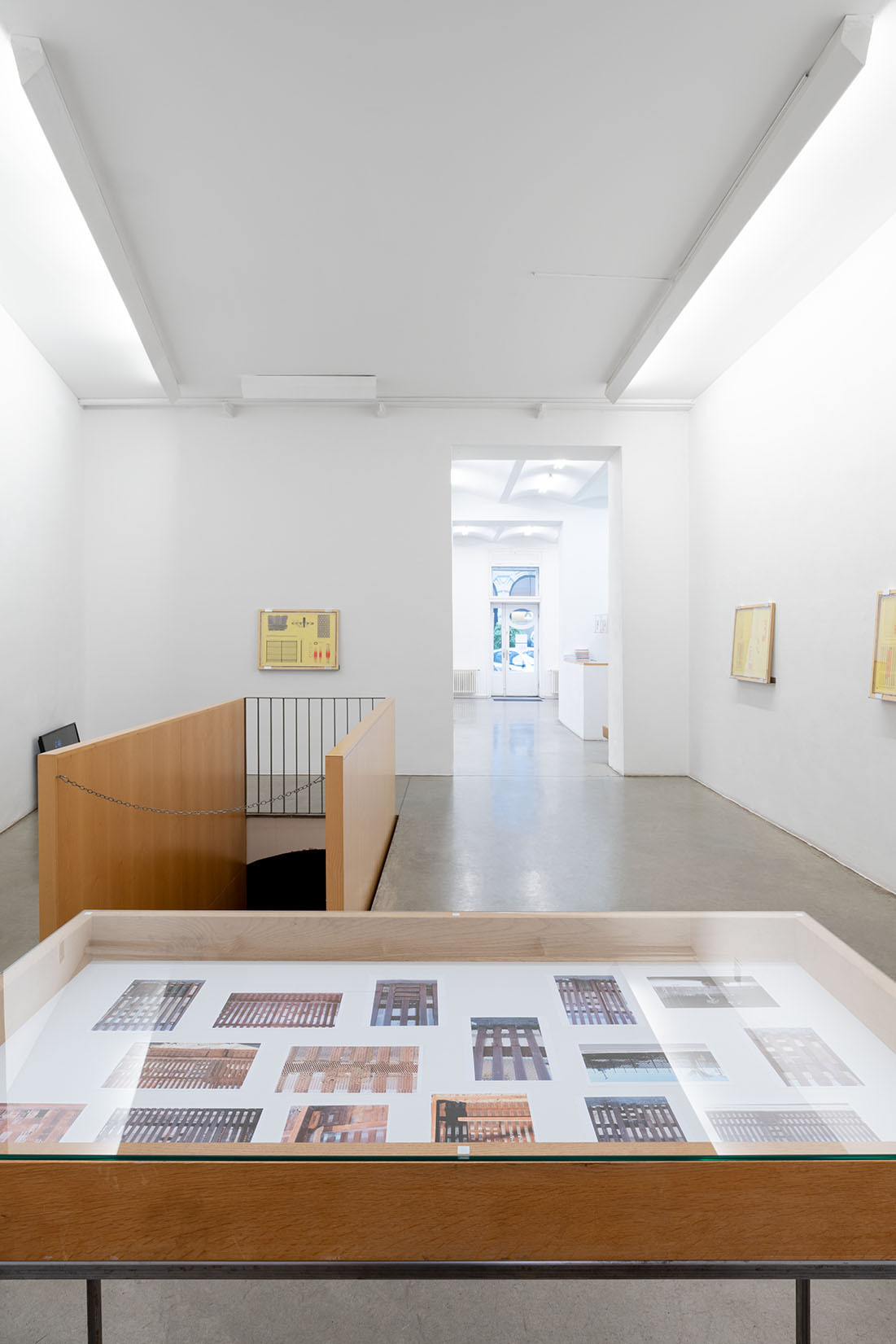
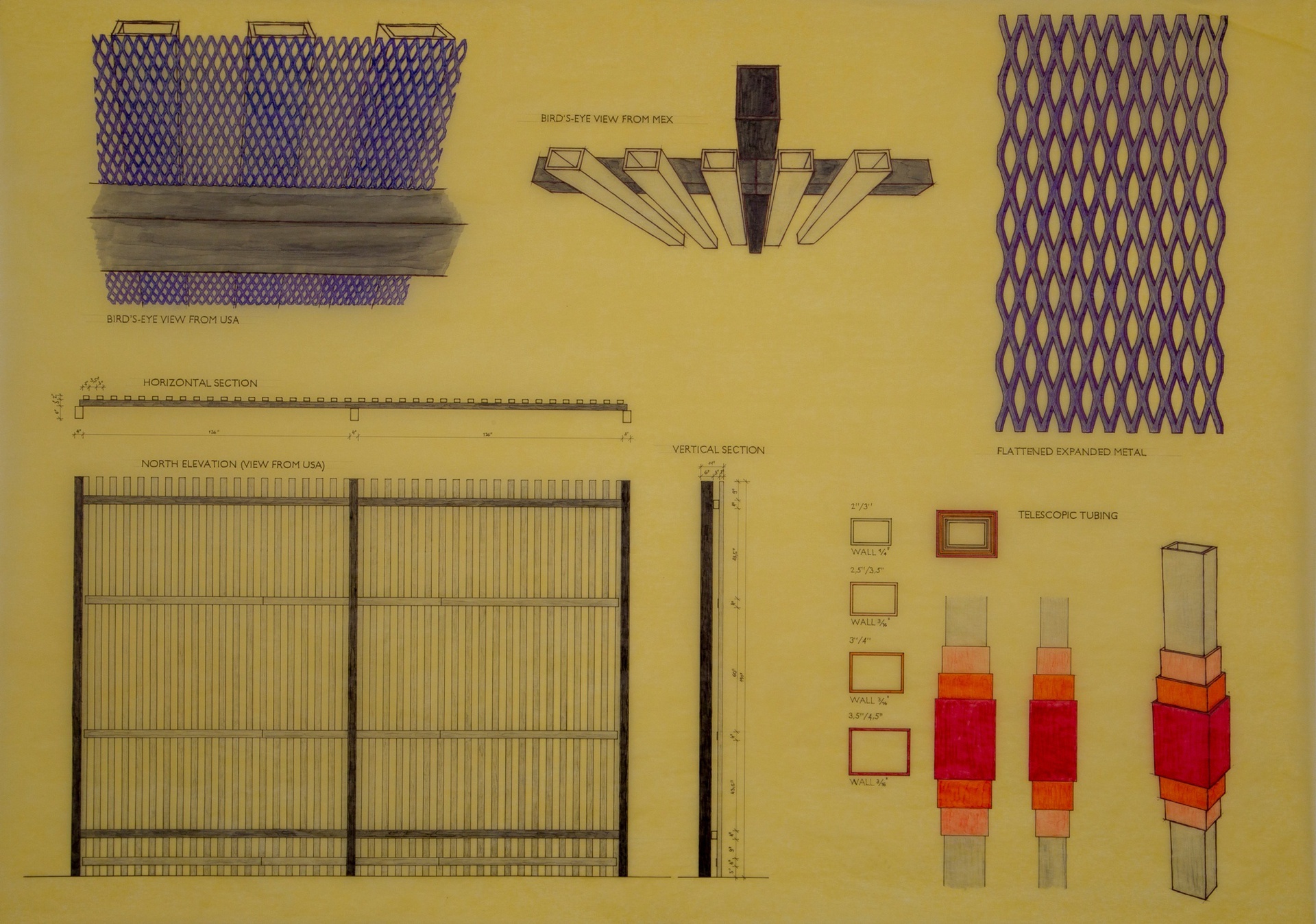
Location
Christine Koenig GalerieDate
27.05 –30.07.2021Photography
Simon VeresSubheadline
There is a lot of negativity, or at least: passive aggression in the abstract expressionist tradition - as well as a dark humour connected with decisive, extreme behaviour. Mark Rothko's Seagram paintings were famously painted to make rich customers feel unwell, then withdrawn alltogether from the commission. Agnes Martin withdrew from New York, but maintained that New York was the only place she could work and she had only left because the building she lived in was going to be demolished. She praised Rothko's having reached zero. Sol LeWitt changed to white because black was too expressive. (Ann Cotten, 2021)Text
There is a lot of negativity, or at least: passive aggression in the abstract expressionist tradition - as well as a dark humour connected with decisive, extreme behaviour. Mark Rothko's Seagram paintings were famously painted to make rich customers feel unwell, then withdrawn alltogether from the commission. Agnes Martin withdrew from New York, but maintained that New York was the only place she could work and she had only left because the building she lived in was going to be demolished. She praised Rothko's having reached zero. Sol LeWitt changed to white because black was too expressive.
There is also a substantial amount of immigration in the abstract expressionist tradition, and the way Rothko and Sol LeWitt changed their names to evade antisemitic prejudice seems, as a way of making oneself more unmarked, akin to the meditatively normcore, or concrete, aspect of their work. Martin, like the poet Laura Riding, had an existentialist take on life as a woman, and in the work of both, non-production has an important place, a provocation bitter and fragile - horribly gendered adjectives, that are hard to avoid: as women producers, radical and skeptical and painfully aware of the hypocritical mechanisms that failed to let them play along, they were in no danger of being over- marketed like LeWitt.
Failure is familiar and conceptually close for women and immigrants, whose relation to establishment seems to remain perpetually unestablished. There result fine sensibilities for the possibility and poetics of misunderstanding, rereading, double-coding, and for the fact that failure is often and plausibly due to chance rather than the fault of the failed. Such consciousness of course undermines the meritocratic fiction that pervades the art market, particularly in the US. This somewhat bitter fragility gives the art of people with such an un-naive view of the market a sharp tinge of acuteness – as opposed to the generous and naive squareness, say, of a more corn-fed type of squares - which can also of course be heartily enjoyed. Such a squareness might even be, ironically, attributed to Malevich's Ur-square, except that the Russian farmer-chattels who feature as faceless figures in his more folkloric pictures have this incredible paling heaven full of religious dreaminess above them. In any case, it was Jewish-Russian immigrants who brought avantgarde art to the US.
Ovidiu Anton might be seen as pulling this tradition of abstraction into a negative of the negative in his work for AK (Arbeiterkammer Wien) focussing on real and relevant holes in a real, but unneccessary wall. Turning his back to the classy sensual experience of viewing intense colours on a large canvas hanging on a wall, refusing the audience this recourse to commodified sensual intensity and beauty, he reproduces with his signature carpentry work the patches, soldered open and repatched time and time again, that anonymous welders are contracted to apply to the penetrated wall. It forms a kind of opposite of collage, this circling around absent authors of absent boundary material; this modelling of the repeated repairs of something that was removed. One might also say: a positive copy of a subtractive work by anonymous collectives. And if the one party of anonymous authors is seeking a more orderly life than the one they have left, the other has the opportunity for quiet solidarity by doing a bad job. To a certain extent, for these repair pieces are signed with chalk, in a mysterious code reminiscent of date-based minimal art, or simply the numbering of successive prints.
Ovidiu Anton is not the first to make use of poetics shared by the gallery artist and the "ordinary" labourer. He could be said to be bringing an echo of this iconic "American" situation to the middle of Europe, while at the same time combining the elegance of Austrian conceptualists such as Peter Kubelka or Peter Weibel with radical political action art, from Brus' and Nitsch's Aktionen to interventionists. The beauty, simplicity and accessibility of Anton's actions, apart from the auratic magic of the earlier Austrians, carries the international flavour of practices of todays younger (but not youngest) artist generations who are mobile, global, close to activism in sociopolitical and environmental issues, and punk pranks.
The choice of material also keeps Anton's work playful and more conceptual than coin-slot sublime; it can be done in anyone's woodworking workshop. This puts the focus more on the act, the practice, the silent, unmonumental workman's body doing a thing in normal scale; and often Anton will quietly return the manipulated piece to the place he took it from. This arte povera camouflage stands in contrast to the monumentalism of, say, iron slabs by Richard Serra. Serra, too, was familiar with heavy metal work through his father's work in a factory. But the gesture is a different one. The pieces do not say: "Admire!". They say, like those wooden 3D puzzles: "Take this into your hands, and see if you can figure it out.
"When the aesthetics of the material used in one's work palpably changes with ones sociogeographic situation, e.g. if one is travelling between EU and non-EU countries, it makes a difference in how one thinks about it, and the influence of this reflection is one strong point in Antons work. Arte povera is not a romantic fancy, but a reference to practices and respect for the consciousness and reflectivity of their authors. If Anton flirts, for example, with the temporal economy of schoolchild doodling in his biro series, it does not feel like appropriation - as even fake biro doodles printed on sneakers for teenage consumer use would - but an homage to the souls of people held captive, by a telephone conversation, a boring teacher or a boring job. But it also, with a nod to Kubelka, is sheer. Sheen. Of Biro. Of human time.
Having passed Easter, it is hard to exclude a wry reference to the torn interface between this world and the rest which was narrated as an escape of the protagonist Jesus' soul to rejoin his father in "heaven". The trace left was, apparently, a displaced stone in front of the cave opening. Countless spirituals have situated a longing to get "to the other side" inside of the USA, crossing boundary rivers that save from slavery. Probably a vague yearning for "something completely different" is a dynamic that fuels a lot of things. But certainly, a yearning for transcendence hits oddly on the screen of an object meant to be simply and only what it is in the here and now. Perhaps it is the word "only" that is too much, that makes the delight of being here and beyond at the same time appear paradoxical to the utilitarian mind. We insert "only" as a way to emphasize a point, ignoring and not computing the logical consequences of this habit. In Buddhist aesthetics, yûgen refers to a kind of concentration in which one sinks into the moment, disappearing as an individual subject or identity in the lines of sense and perception with which one's surroundings has constructed one's consciousness over the years. By losing sight of the particular position in this network of reality, one may hope to glimpse an intuition of a kind of objectivity, in the sense of non-personalness, supra-individuality. Artworks that afford this experience, by helping attain such a translucency of the objects here and now, are revered; their value is thus not something they own as objects, they are rather vehicles or passageways, where, however, their precision guides different people to pass through, as it were, the same needle eye. Again, like one of those 3D fiddle-puzzles, where you can be sure of treading a logical path others have gone before, but considering that this is the world, I would rather say that Anton has constructed a kind of camera obscura.
(Ann Cotten, 2021)
Ann Cotten